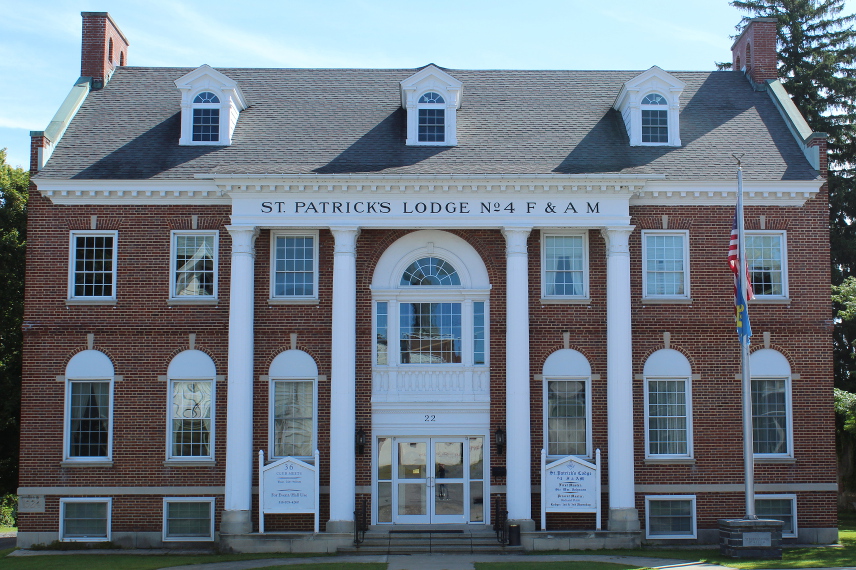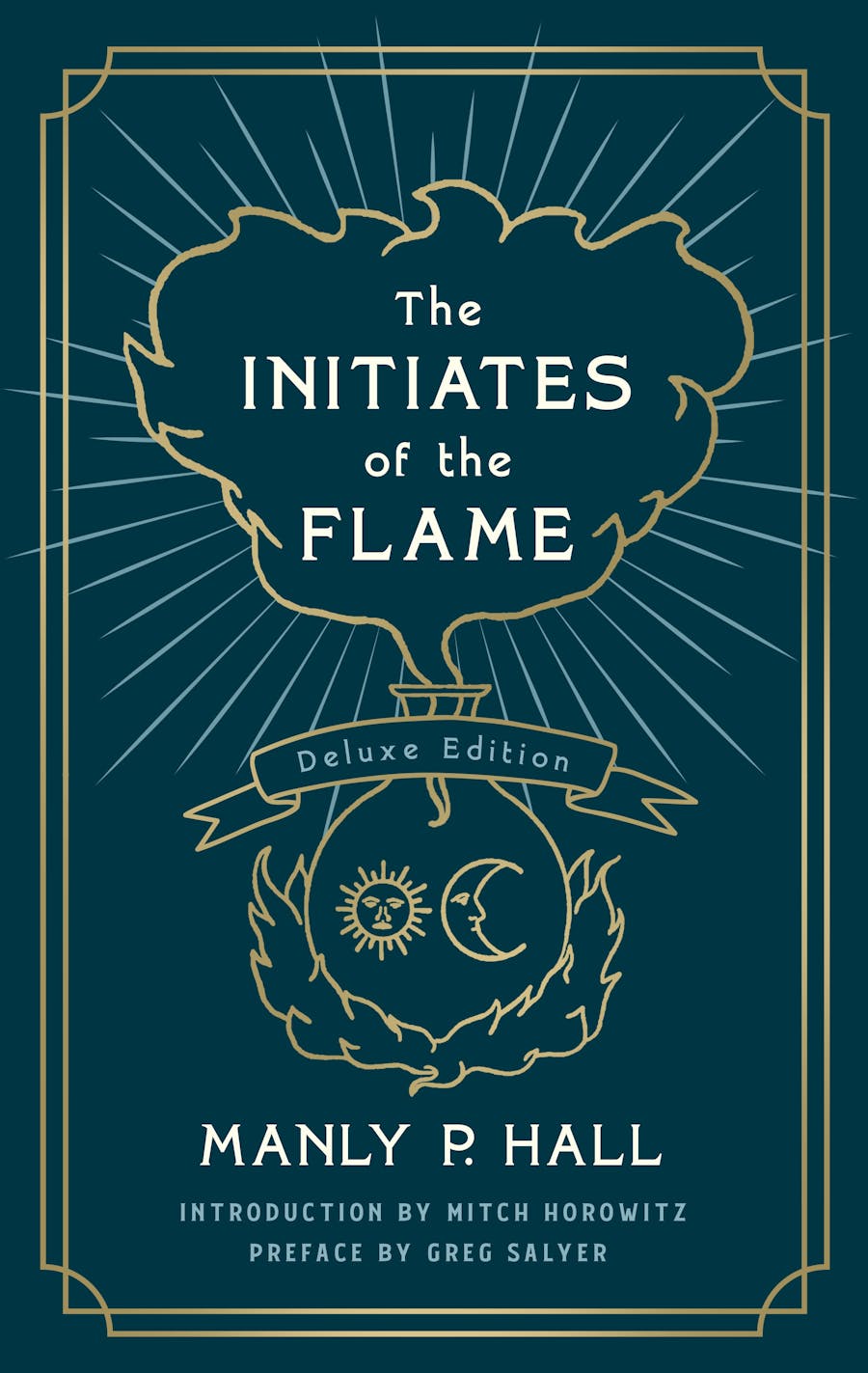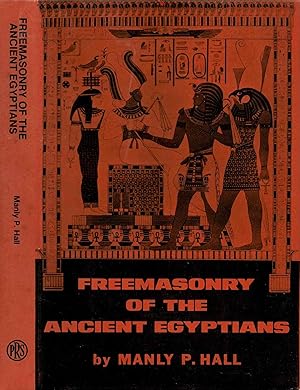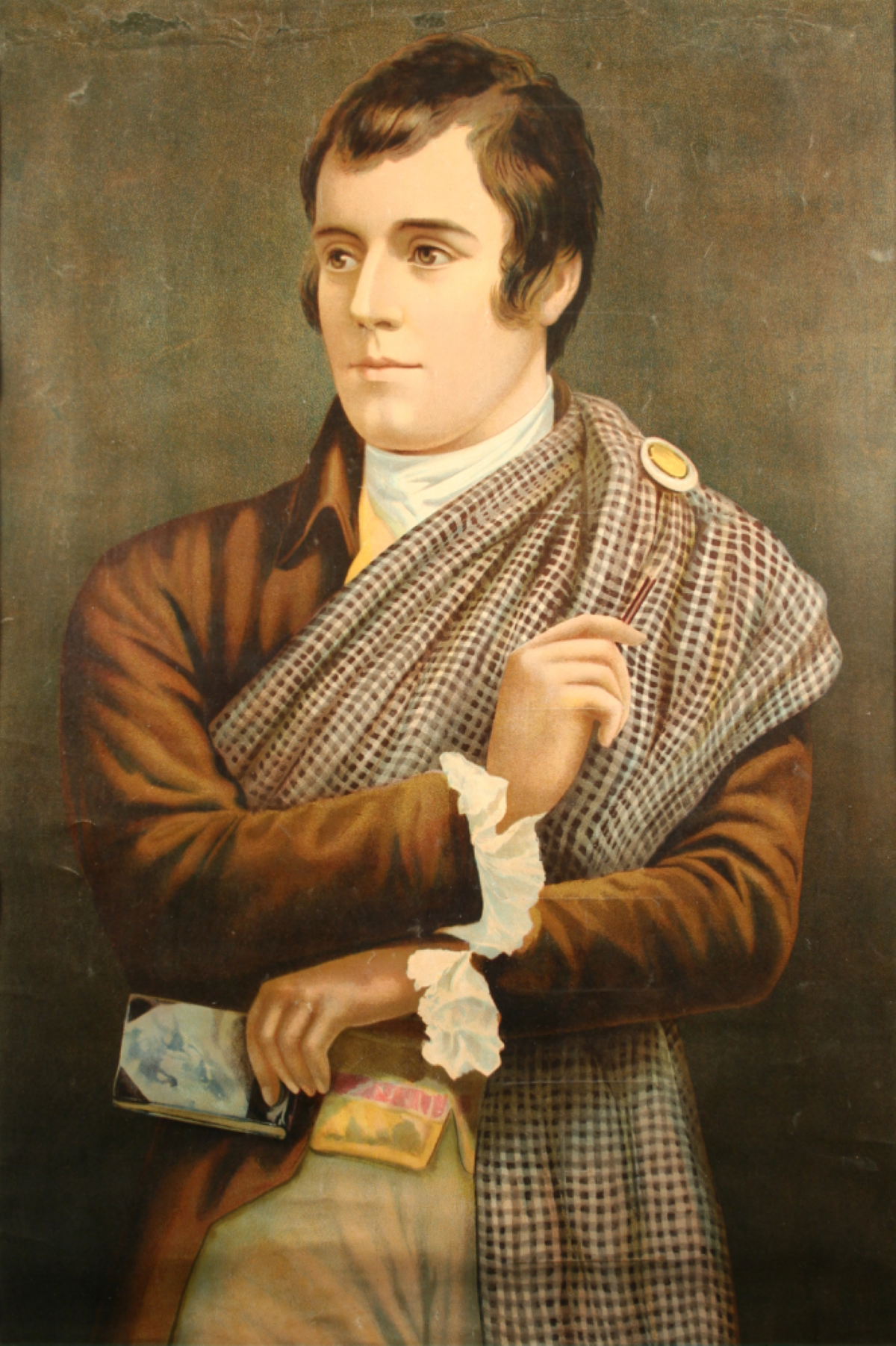Meeting on the Level
MASONIC LIFE
Meeting on the Level… at the head table
“We are all brothers just trying to do our parts”
While I was initiated into Freemasonry in October of 2002 at Collabergh-Radium Lodge 859 in Nelsonville, New York, I was not passed to the Degree of Fellow Craft and raised to the Sublime Degree of Master Mason for another twenty years, in June 2022, so I consider myself a relative newcomer to the Craft, but I am very eager to learn as much as I can. I serve as Senior Deacon of St. Patrick’s Lodge 4 in Johnstown, NY, where I received the Second and Third degrees, and I am a 32° Scottish Rite Mason and a Royal Arch Mason as well. In my labors and during my travels, there is one fundamental that continually comes up in ritual and is reflected in experience: We meet on the Level and part upon the Square. It is a way we prescribe how Freemasons should treat one another both within lodge and without.

St. Patrick’s 4 is among the four oldest lodges in New York State. It is a lodge with an incredible linage, having been founded by William Johnson in 1766—even before the founding of our country. I consider myself lucky to attend a lodge with numerous Worshipful and Right Worshipful brethren, including our District Deputy Grand Master, and Ill. Peter J. Samiec, 33°, the recently retired Sovereign Grand Commander of the Ancient Accepted Sottish Rite, Northern Masonic Jurisdiction. Other brothers I have had the privilege of meeting, while attending my lodge and various concordant bodies around the Capital Region, include The Most Worshipful Steven Adam Rubin, Grand Master of Masons in the State of New York.
While attending lodge alongside such well-informed brethren, it is hard to resist placing them on a pedestal, but it is those two brothers at the apex of leadership in Freemasonry, M.W. Rubin and Ill. Samiec, who were the first to teach me this Masonic lesson. “We are all brothers just trying to do our parts,” as Grand Master Rubin phrased it. I admit I still struggle with the concept due to my admiration of our fraternity, but it is sinking in as I continue my journey for more Light in Masonry. An experience I had as a new Sublime Prince attending the Valley of Schenectady’s holiday party a couple years back is where a few brothers showed me how we treat each other with humility, respect, and honesty.
It was my first Scottish Rite event. My wife and I were a little nervous. We had some trouble locating the venue, so we arrived just as it started. The room was packed. Every table was full except one, front and center. We walked over and sat down. Right across was Ill. David E. Barnes, Active Member of Supreme Council; Ill. Gerald T. Wright, Commander in Chief of Sigma Consistory at the time; and Ill. Oscar Alleyne. The coup de grâce came when the Sovereign Grand Commander of the Scottish Rite NMJ, Ill. Samiec, with his lovely wife Gail, took the seats next to us. I whispered to my wife “That’s the Sovereign Grand Commander sitting next to you!” as a bead of sweat rolled down my forehead and a chill ran up my spine.
We had mistakenly sat at the head table.
I felt so unworthy, as a new Master Mason and Sublime Prince, to be seated accidentally among such great Masons. I whispered to Randy Meschutt, then Most Wise Master of Sigma Chapter of Rose Croix, as he passed, that I mistakenly seated us at the Sovereign Grand Commander’s table, and we would move if he desired. To my surprise, neither he nor anyone else at the table had a problem with us joining them. Long story short: We had a wonderful evening laughing, enjoying great food, and chatting with the Samiecs and the other eminent Masons. We were all truly brothers! The only one concerned that we had sat at that table was me.
The night ended and we said our goodbyes. I drove home feeling blessed that I had, in fact, met on the Level and parted upon the Square. A couple of weeks passed when I received a package in the mail from Supreme Council in Massachusetts. Sovereign Grand Commander Samiec himself sent me the book American Freemasons: Three Centuries of Building Communities by Ill. Mark A. Tabbert. Ill. Bro. Samiec inscribed these words inside: “To my fraternal Brother Russell—Freemasonry is a wonderful experience. Enjoy the journey!”
By Bro. Russell W. Dickson
Bro. Dickson is the Senior Deacon in St. Patrick’s Lodge 4 and remains at labor in Collabergh-Radium 859, both in New York. He is a Royal Arch Mason in Hiram Union Chapter 53, and is a 32° Scottish Rite Mason at the Valley of Schenectady, where he serves as Senior Warden of Sigma Council Princes of Jerusalem. He holds a Bachelor of Arts Degree in journalism from the State University of New York at Albany, and has been a freelance journalist for more than twenty-five years. His work has been published internationally, in multiple languages, by both online and print news outlets.















